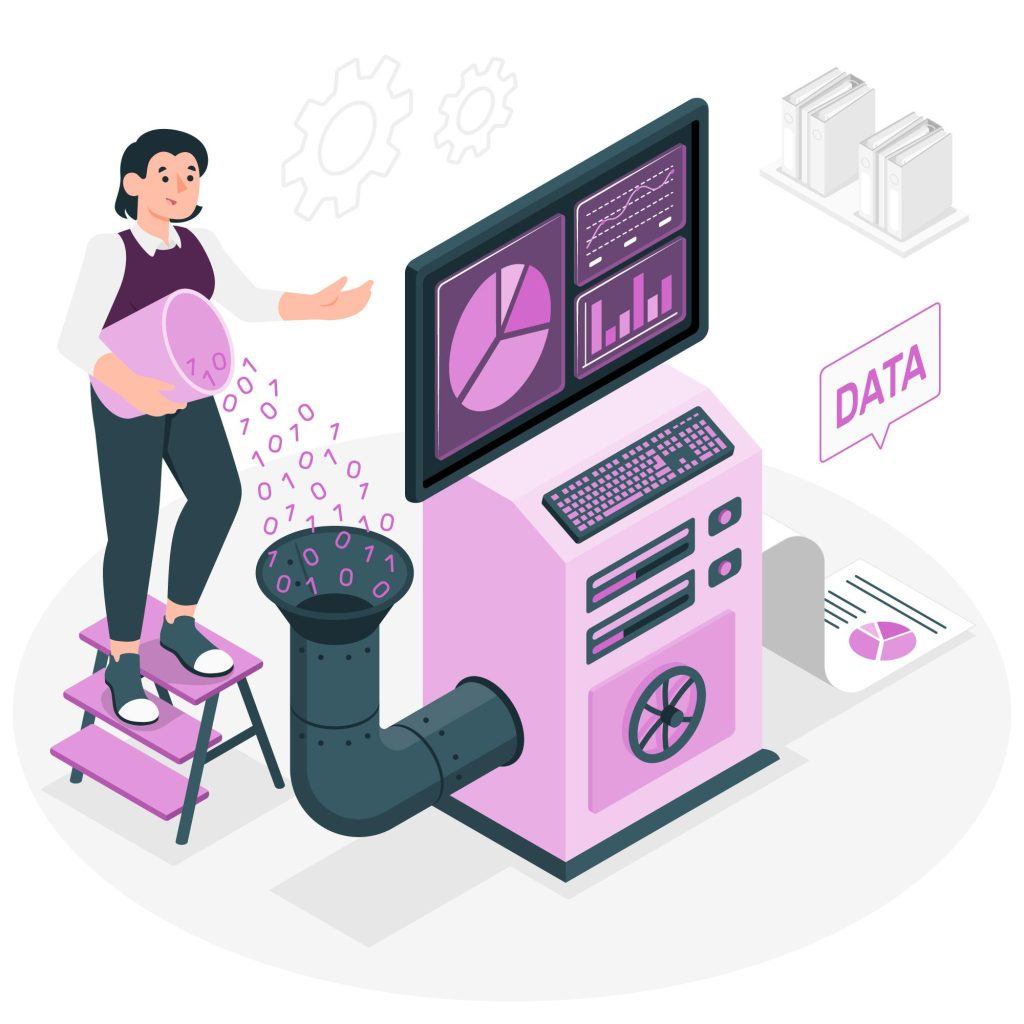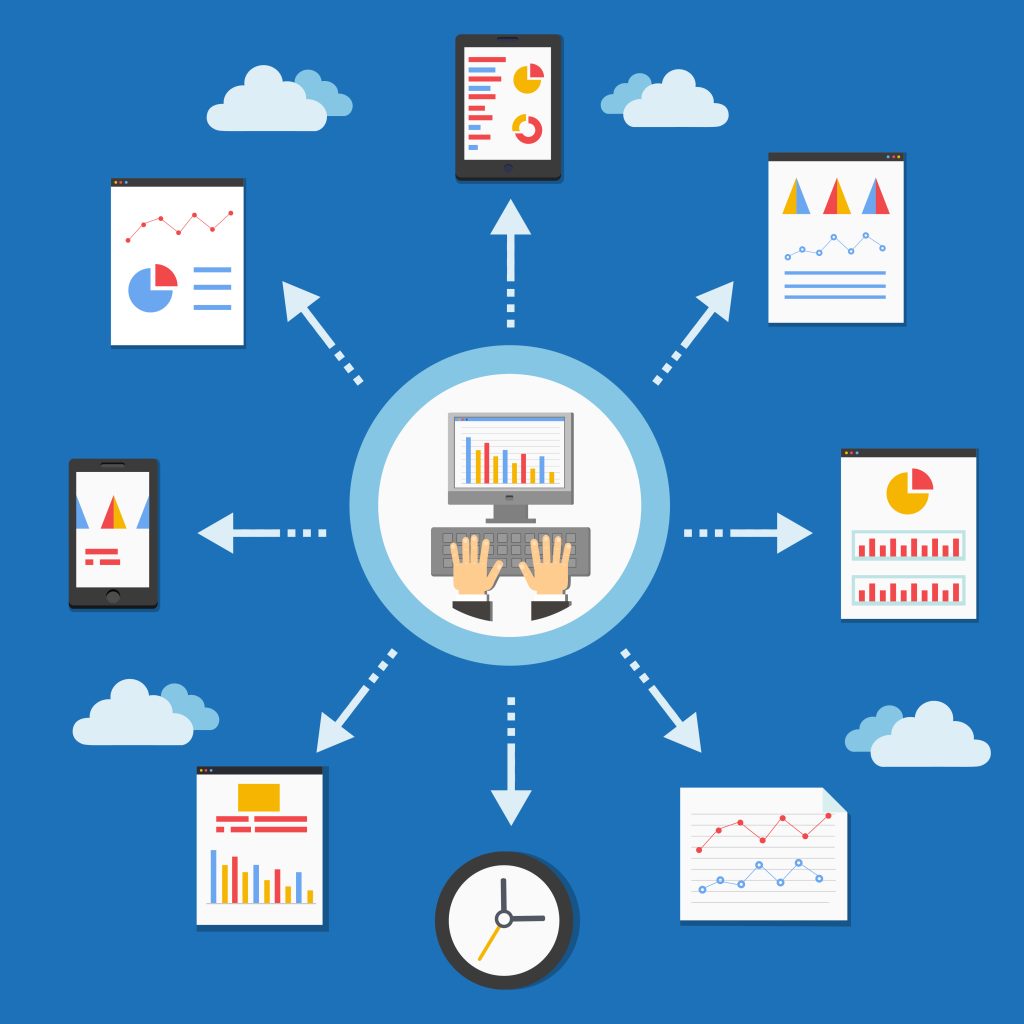Introduction: In today’s data-driven world, organizations are generating vast amounts of data at an unprecedented rate. To gain valuable insights and make informed decisions, it is crucial to process this data efficiently. Real-time and batch data processing are two essential approaches used to handle data at scale. In this article, we will explore the concept of real-time data pipelines and how they facilitate the processing of data in a timely and efficient manner.
Understanding Real-Time Data Processing
Real-time data processing refers to the continuous analysis and interpretation of data as it is generated. It involves capturing data in real time, processing it immediately, and delivering actionable insights without any significant delay. Unlike traditional batch processing, which involves processing data in predefined intervals, real-time data processing allows for instantaneous decision-making and enables businesses to respond to events as they occur.
Components of a Real-Time Data Pipeline
A real-time data pipeline consists of several key components that work together to ensure the seamless flow of data from its source to its destination:
- Data Sources: These can include various systems, devices, sensors, applications, or databases that generate data in real time. Examples of data sources include IoT devices, weblogs, social media feeds, or even transactional databases.
- Data Ingestion: This component is responsible for collecting data from different sources and ingesting it into the pipeline. It may involve extracting data from structured or unstructured formats and transforming it into a unified format suitable for further processing.
- Stream Processing: Stream processing is the core component of a real-time data pipeline. It enables the continuous processing of data streams as they arrive, applying various transformations, aggregations, or analytics in real time. Stream processing frameworks like Apache Kafka, Apache Flink, or Spark Streaming are commonly used for this purpose.

Real-Time Data Processing Challenges and Benefits
Real-time data processing comes with its own set of challenges and benefits:
Challenges:
- High throughput and low-latency requirements demand robust and scalable infrastructure.
- Ensuring data integrity and reliability while processing streams in real time.
- Managing data skew and ensuring balanced workload distribution.
Benefits:
- Immediate decision-making: Real-time data processing enables businesses to react swiftly to changing conditions, optimize operations, and provide real-time insights to customers.
- Enhanced situational awareness: By processing data as it arrives, organizations gain a more accurate understanding of their operations and can detect anomalies or patterns in real-time.
- Improved customer experience: Real-time data processing facilitates personalized and context-aware services, leading to enhanced customer satisfaction.

Conclusion: Real-time data processing is revolutionizing the way organizations handle data and make critical business decisions. By implementing a real-time data pipeline, businesses can harness the power of real-time analytics, enabling them to respond quickly to changing conditions and gain a competitive edge in today’s fast-paced digital landscape. Embracing real-time data processing opens up new possibilities for innovation and empowers organizations to unlock the full potential of their data resources.

